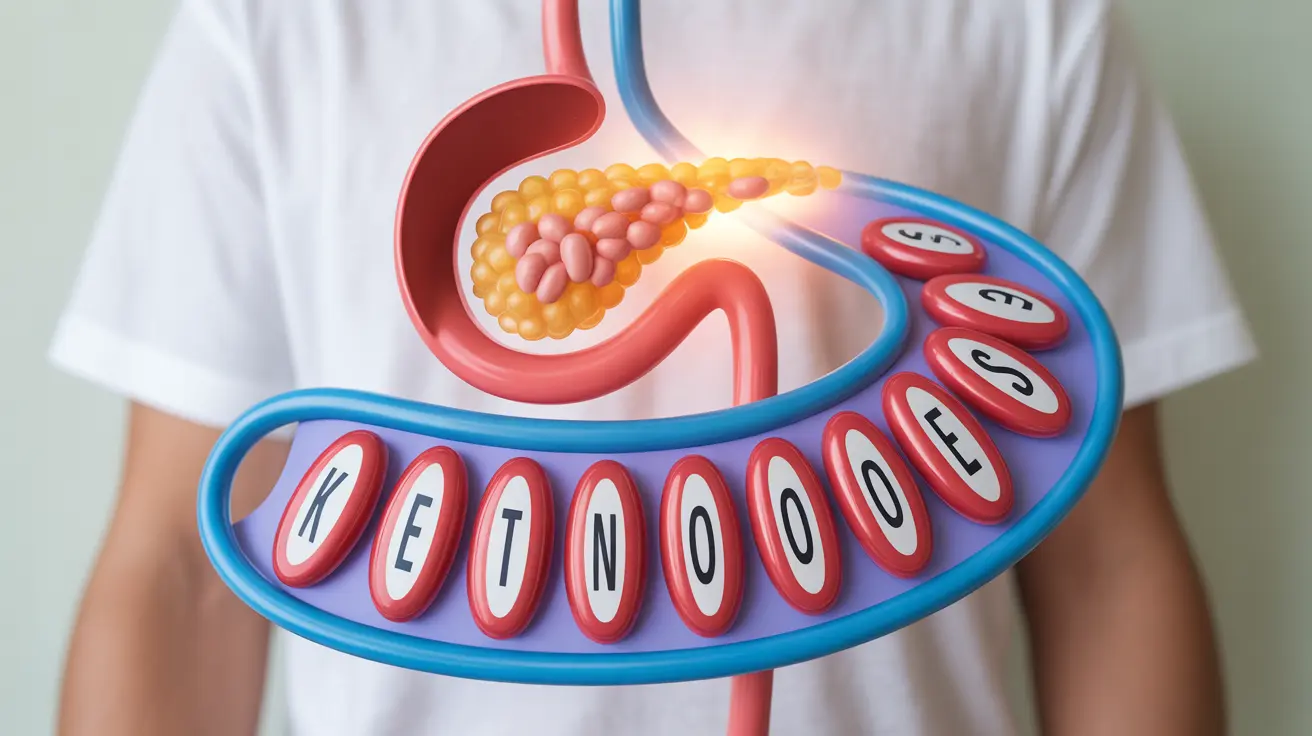Diabetic ketoacidosis (DKA) is a severe and potentially life-threatening complication of diabetes that requires immediate medical attention. Understanding how quickly it can progress and recognizing its early warning signs can literally mean the difference between life and death for individuals with diabetes, particularly Type 1 diabetes.
This comprehensive guide explores the timeline of DKA progression, its warning signs, and critical information about treatment and prevention. Whether you're a person with diabetes or a caregiver, this knowledge is essential for managing this serious condition.
The Timeline of Untreated Diabetic Ketoacidosis
When left untreated, diabetic ketoacidosis can progress rapidly, typically developing within 24 hours. However, in some cases, it may develop more gradually over several days. The progression rate depends on various factors, including overall health status, hydration levels, and the complete absence versus partial deficiency of insulin.
During the initial stages, the body begins producing ketones at an accelerated rate. Without intervention, severe complications can develop within hours to days, potentially leading to life-threatening situations within 24-48 hours of onset.
Early Warning Signs and Symptoms
Recognizing early warning signs is crucial for preventing severe complications. Common initial symptoms include:
- Excessive thirst and frequent urination
- High blood sugar levels (typically above 250 mg/dL)
- Fatigue and weakness
- Dry mouth and skin
- Fruity-scented breath
- Nausea and vomiting
As DKA progresses, more severe symptoms may develop:
- Difficulty breathing or rapid breathing
- Confusion or difficulty concentrating
- Severe abdominal pain
- Decreased consciousness
- Racing heartbeat
The Role of Insulin in Preventing DKA
Insulin plays a crucial role in preventing diabetic ketoacidosis by helping cells utilize glucose for energy. When insulin is absent or insufficient, the body begins breaking down fat for fuel, producing ketones as a byproduct. This process creates an increasingly acidic environment in the blood, leading to DKA.
Risk Factors and Survival Variables
Several factors influence how quickly DKA can become life-threatening:
- Overall health status and pre-existing conditions
- Age and physical condition
- Hydration status
- Access to medical care
- Previous episodes of DKA
- Concurrent illnesses or infections
Emergency Treatment Protocols
Treatment for DKA typically involves:
- Immediate insulin therapy
- Fluid replacement through IV
- Electrolyte replacement
- Continuous monitoring of vital signs
- Treatment of any underlying triggers
Frequently Asked Questions
How quickly can diabetic ketoacidosis cause death if untreated?
Without treatment, DKA can become life-threatening within 24-48 hours of onset, though this timeline can vary significantly between individuals. Some people may deteriorate more rapidly, while others might survive longer depending on various factors.
What are the early warning signs and symptoms of diabetic ketoacidosis?
Early warning signs include excessive thirst, frequent urination, high blood sugar levels, fatigue, dry mouth, fruity-scented breath, and nausea. These symptoms typically appear before more severe complications develop.
How does lack of insulin lead to diabetic ketoacidosis?
Without insulin, cells cannot use glucose for energy, forcing the body to break down fat instead. This process produces ketones, which build up in the blood, making it increasingly acidic and leading to DKA.
What factors influence how long someone can survive without insulin during DKA?
Survival time varies based on overall health status, age, hydration levels, presence of other medical conditions, and access to medical care. Individual metabolic rates and the degree of insulin deficiency also play significant roles.
How is diabetic ketoacidosis treated to prevent death?
Treatment involves immediate administration of insulin, IV fluids for rehydration, electrolyte replacement, and continuous monitoring of vital signs. Addressing any underlying triggers, such as infection, is also crucial for successful treatment.




